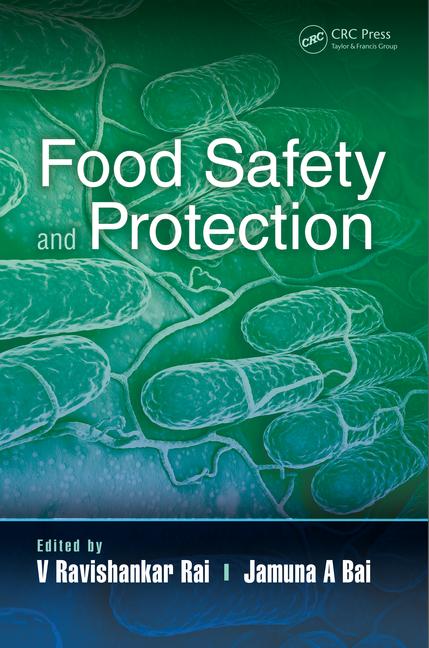Preventing Foodborne Illness Outbreaks Caused by Staphylococcus aureus

eclipse_images/E+ via Getty Images
Mechanism of an S. aureus Illness Outbreak
Foodborne illness outbreaks caused by S. aureus bacteria commonly occur due to unhygienic food handling practices. S. aureus bacteria have been found on the hands, noses, throats, and in the open wounds of food workers who directly handle unpackaged or packaged foods.
S. aureus is a spherical bacterium, clustered like a bunch of grapes (Figure 1). It is widely scattered in nature and usually parasitizes the skin and mucous membranes. It is often found on foods with high hand contact, such as pastries, sandwiches, salads, and sliced meats, as well as in foods rich in protein and fat, and foods high in water content or starch.

S. aureus is heat-resistant and cannot be destroyed by normal cooking methods. The bacterium multiplies rapidly at room temperature, directly producing toxins that cause symptoms of abdominal pain, nausea, vomiting, and/or diarrhea within 30 minutes to a few hours after ingestion. The toxin has a very high temperature tolerance; it can survive for one to two hours at 100 °C (212 °F). S. aureus can maintain its toxicity for more than two months at normal temperatures and does not change the smell or taste of food.
After contaminating food, S. aureus produces exotoxins within four to five hours. These toxins are not destroyed by digestive enzymes. When people consume food contaminated with S. aureus, the toxins quickly penetrate the lining of the stomach and intestines and enter the bloodstream. Symptoms of illness occur quickly, within six hours after eating contaminated food. The severity of the illness depends on the amount of food consumed, the amount of toxins present in the food, the individual's sensitivity to the toxins, and the present health of the individual. The symptoms usually last for a short time—up to eight hours—but it may take a couple of days to fully recover from illness caused by S. aureus toxins.
Preventing S. aureus Foodborne Illness
It is always necessary to ensure food hygiene and safety by properly cooking food, using only clean water in cooking operations, and sourcing food ingredients from clear and reputable suppliers. Attention should always be paid to proper food storage and handling. However, food contamination by S. aureus can be difficult to prevent because a cooking killstep is not applicable. The key lies in educating food handlers on proper procedures for avoiding contamination of food—especially those involving personal hygiene.
To prevent foodborne illness outbreaks associated with S. aureus, the following list of practices should be observed by all food handlers, especially in retail foodservice and catering operations:
- People with sinusitis, nasopharyngitis, open sores or wounds, or acne on their hands should not be permitted to have direct contact with raw or cooked food, food ingredients, or food utensils
- All food handlers must thoroughly wash their hands with soap and warm water before handling food and food utensils, especially after using the restroom, eating, smoking, or contacting other easily contaminated sources
- No bare hand contact is permitted on ready-to-eat foods
- All utensils and surfaces used in food processing must be dry, sanitized, clean, and free of clutter
- Food utensils should not be shared between raw and cooked foods
- No cross-contamination should be allowed to occur between food, especially after cooking
- Proper cooling and hot/cold holding practices must be observed
- The amount of time that food spends in the temperature danger zone (5 °C– 57 °C or 41 °F–135 °F) must be minimized.
Such control measures will go a long way toward helping prevent foodborne illness outbreaks associated with S. aureus bacteria in retail foodservice and catering operations.
Looking for a reprint of this article?
From high-res PDFs to custom plaques, order your copy today!









